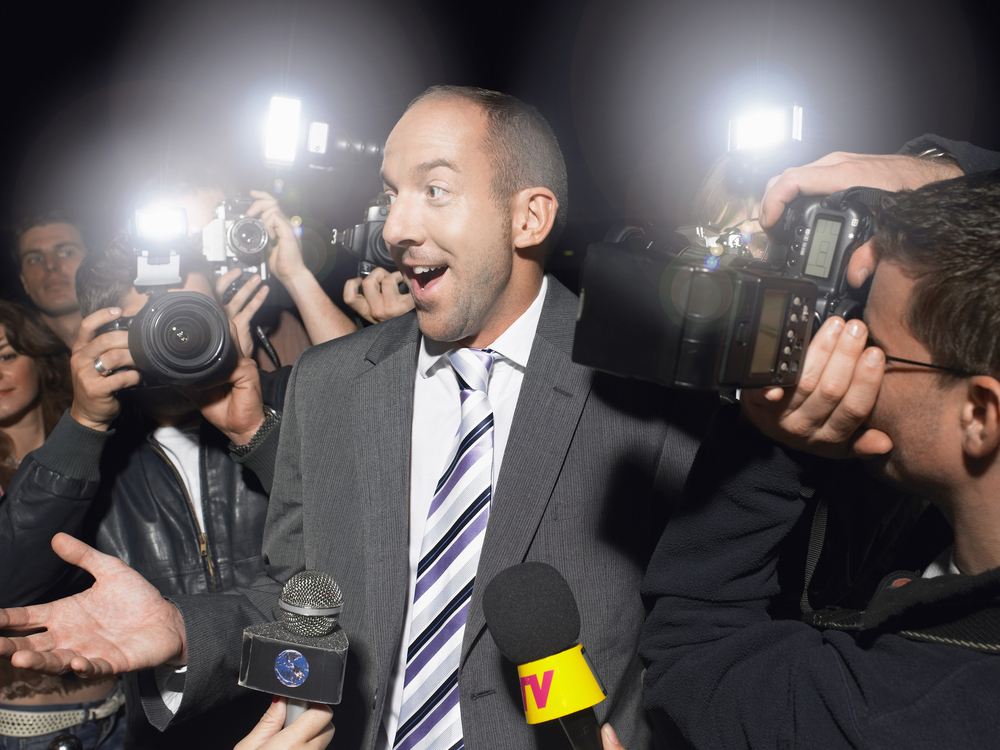On Some Differences Between Lawyers and Public Relations Professionals

Because lawyers and public relations professionals work together in a crisis, their different dispositions can sometimes clash. What is most useful is to understand those differences so that, when the heat turns up, they don’t become a problem. Addressing this head on just may determine whether the crisis response is a success or a failure.
Basically, lawyers are trained to be cautious and want to let the legal system work things out. PR people want to communicate — they’re communicators — to maintain relationships with customers, employees, vendors, neighbors, and media.
This attorney-PR relationship used to be worse than it is. More attorneys are realizing that, in the time it takes for the legal system to adjudicate, a company’s reputation can be so tarnished that, once the final judgment is entered in the court docket, the entity no longer exists.
Most crises involve some legal aspect, if only (and more commonly) because a facility fire or earnings restatement, for example, may result in litigation. The problem is that the legal and communications responses, while they must be coordinated, will not be the same. Communicators understand the importance of emotion. Often in a crisis, it’s emotion that matters.
Lawyers are trained to win through logic and legal precedent. As CrisisResponsePro founder James F. Haggerty put it in his new book, Chief Crisis Officer, “Part of the mission of law schools is to teach students how to ‘think like a lawyer.’ Although there are enormous benefits to this training, negatives abound. A ‘lawyer-like’ response can often cause more harm than good during crisis situations.”
The two sides also differ in that attorneys like to make sure every angle is covered in their arguments so as not to miss a suggestion for the judge to find in their favor. But crisis communications can’t be the length of a legal brief. Communicators must hone messages down to essentials — to the heart of the matter.
We have written about how a legal strategy can harm a communications strategy, specifically in two cases involving comedian and actor Tracy Morgan and Saks Fifth Avenue.
Morgan had sued Walmart after the vehicle he was in was hit by a Walmart tractor-trailer and he was critical injured. Morgan sued, and one of the “affirmative defenses” Walmart mentioned in its answer to the legal complaint was that Morgan’s injuries “resulted at least in part from his failure to wear a seatbelt.” The press had a field day with that.
Similarly, Saks Fifth Avenue’s legal strategy in a bias suit from a transgender ex-employee was that the federal discrimination law cited in the complaint doesn’t protect transgender people. Again, the press went nuts.
The point is not that these differences in outlook should be bemoaned. It’s that they should be understood, so that the various professionals can work together to successfully address a crisis.
Photo Credit: Shutterstock
This is an abridged version of an article that appeared today on the CrisisResponsePro paid subscription portal. (CrisisResponsePro subscribers can access the full version by clicking here. ID and password are required.) To take advantage of all of the content, data, and collaborative resources CrisisResponsePro has to offer, contact us at info@crisisresponsepro.com.




 Back to Blog
Back to Blog